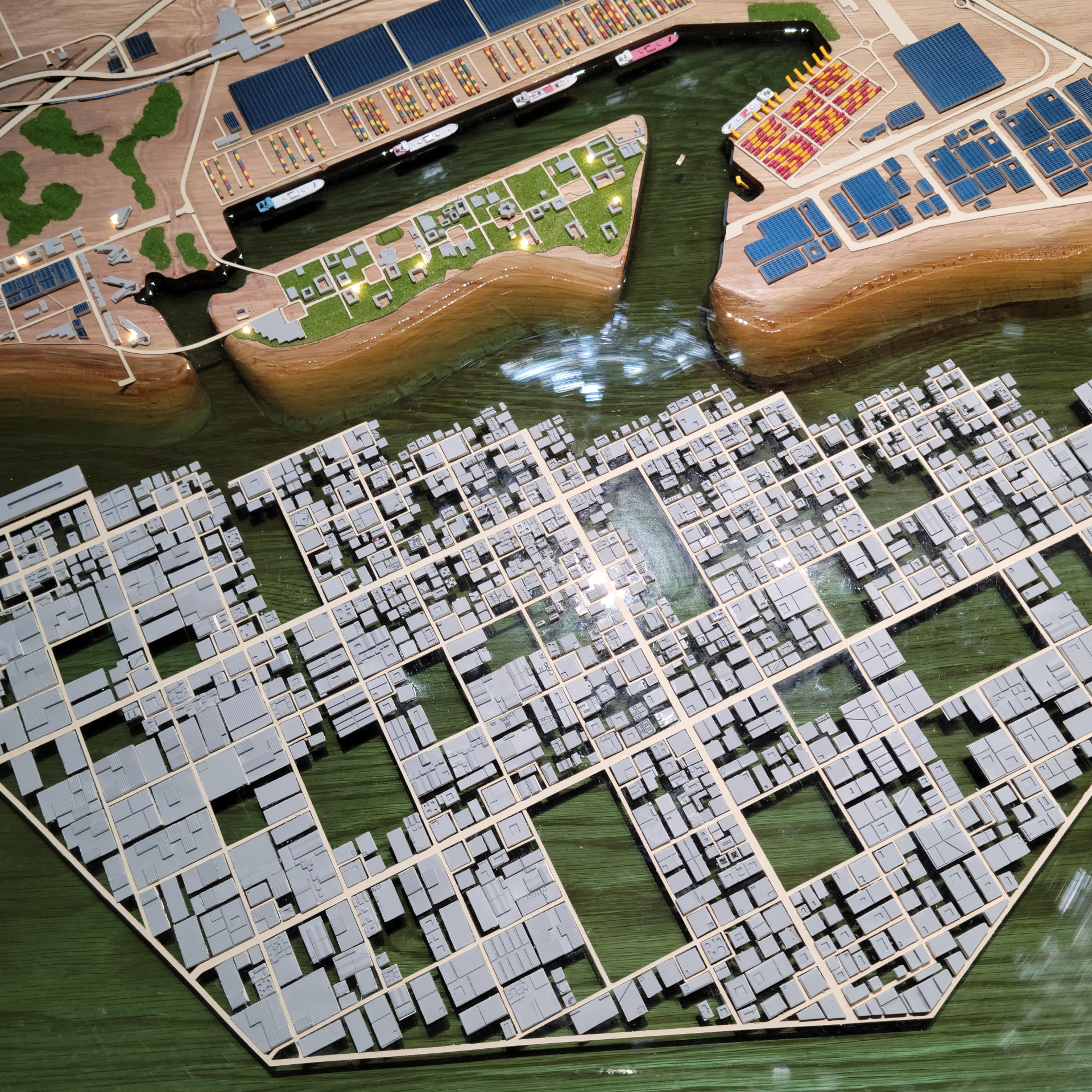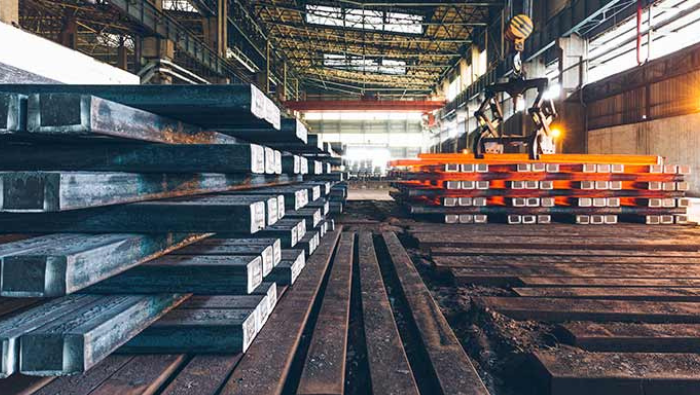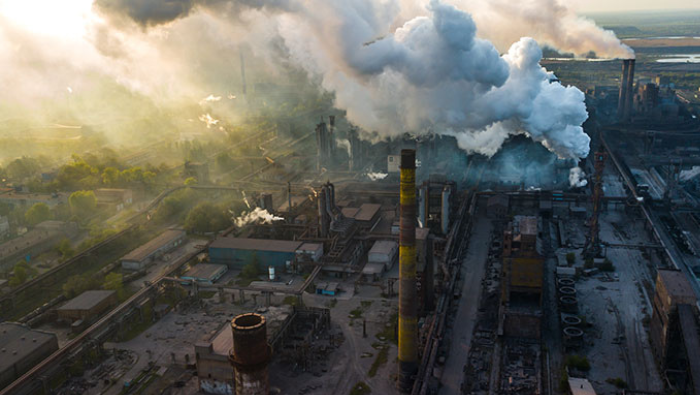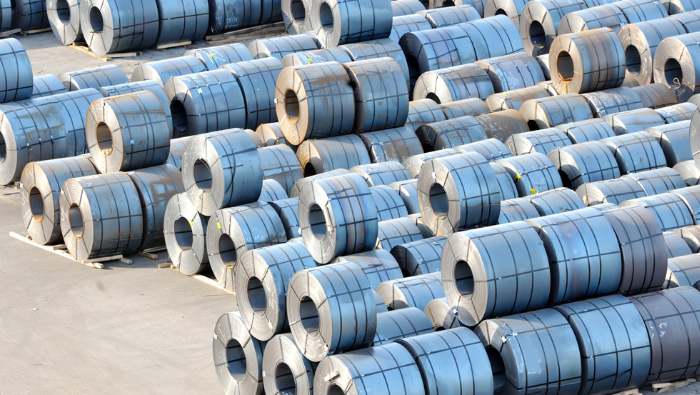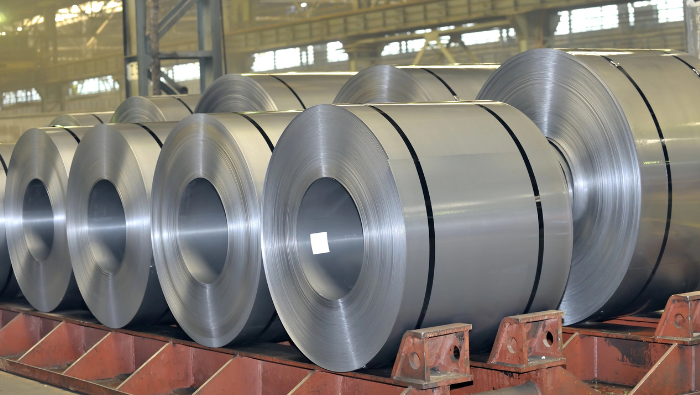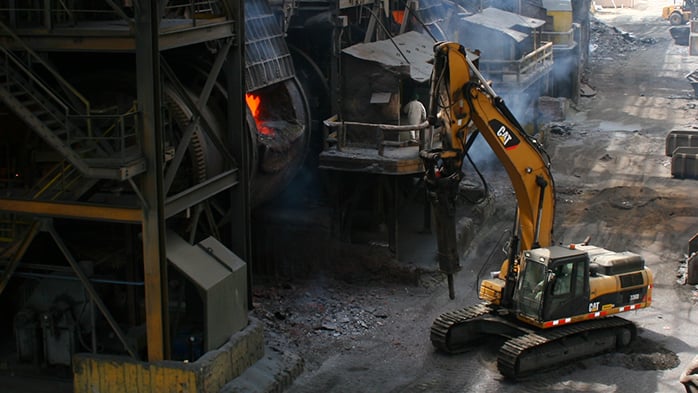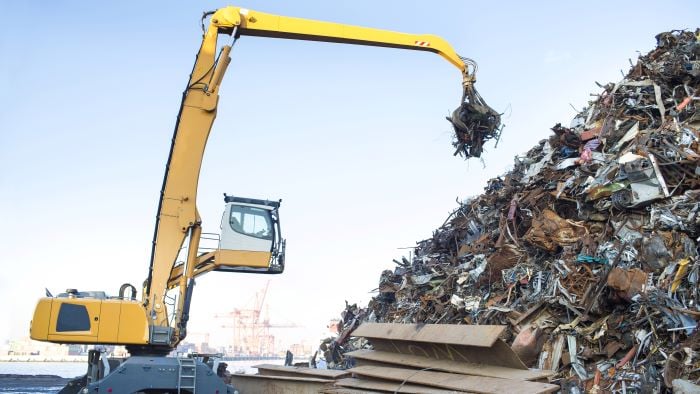The client, a trading house, commissioned CRU to provide a set of alternative outcomes, on price and volume, for the high grade iron ore market. This work helped our client to evaluate their strategic options regarding an investment in an iron ore asset.
Our recommendation
Our recommendation was to test whether the client’s asset remained cash positive under the low case price scenario and to test what potential upside there could be under the high case scenario. It was important to consider these changes for other global assets, benchmarking against peers on CRU’s cost curve to evaluate relative competitiveness.
One product of the scenario analysis was a list of key factors which drive change in the high grade price. We used statistical analysis to test the strength of the historical relationship between the drivers and the price. Our recommendation was that these drivers should be used as signposts for future potential price shifts, helping our client to prepare for changes in the market. Importantly, the signposts varied according to the different iron ore market segments.
CRU approach
The client wanted us to determine which scenarios to run in order to test the price. Our first step was to devise a list of drivers, as described above. These factors were then classified on an “impact versus uncertainty” matrix, as shown in the chart.
We were looking for factors which have a high impact on the price and which are highly uncertain, in other words, the market is not prepared for them. We want to ensure that our client is ready for these events should they materialise. The matrix informed us of the appropriate assumptions to change to drive the scenario analysis. The results were delivered in quantitative form allowing the client to use the different price series in their in-house models.
Before providing these results to the client, we needed to sense check our outcomes which involved conducting a set of interviews across a number of Chinese steel mills, made possible by CRU’s extensive network of contacts established from our Beijing office. We ensured that the scenarios were plausible under the new assumptions and that there was a transparent rationale behind each.
Outcome
The client found CRU’s collaborative approach to the scenario analysis particularly helpful as they were able to input to this process and work alongside the CRU consultants. On delivery of the results, the client relied on the qualitative rationale as much as the quantitative output in order to explain the thought-process behind this work to other teams in the company and how it relates to the iron ore asset in question. The client valued the list of key drivers of the price as this provided focus in a noisy market, helping to quickly identify future important changes that could impact revenues.







